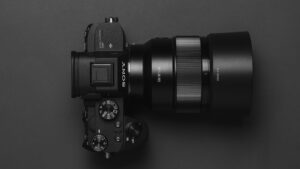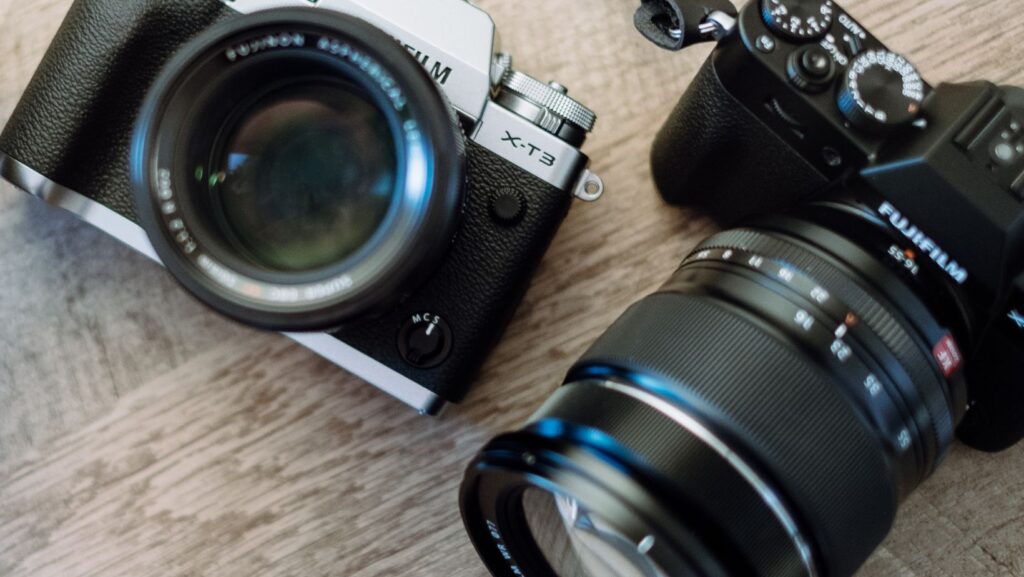Embarking on a journey to capture the beauty of landscapes through a lens is an exhilarating experience for any photographer. When it comes to landscape photography, choosing the right lens can make all the difference in transforming a good shot into a breathtaking masterpiece.
Join me as I unravel the characteristics and capabilities of these lenses, guiding you towards making an informed choice for your next outdoor escapade behind the camera lens.
Understanding Landscape Photography
Starting with landscape photography is an exciting journey. It allows me to capture the vastness and intricate details of nature’s beauty. When it comes to selecting the best lenses for landscape photography, understanding some key aspects can significantly impact the quality of the images produced.
The Importance of Lens Choice

In landscape photography, lens choice plays a crucial role in capturing breathtaking sceneries. Opting for the right lens can make a notable difference in the final image. For landscapes, wide-angle lenses are often preferred as they can encompass a broad view, ideal for expansive vistas and sweeping landscapes. These lenses excel in bringing depth and a sense of scale to the images.
Key Lens Characteristics for Landscapes
When considering the best lenses for landscape photography, certain key characteristics are essential to ensure stunning results. A wide aperture, such as f/2.8 or lower, allows for more light to enter the lens, facilitating sharp images even in low-light conditions. Additionally, a lens with excellent sharpness and minimal distortion is crucial for capturing the fine details and textures present in landscapes accurately.
Understanding these essential aspects of lens selection can profoundly impact the quality of landscape photographs.
Best Lenses For Landscape Photography
Affordable Prime Lens Options
When looking for budget-friendly lenses for landscape photography, prime lenses are a great choice. These lenses offer excellent image quality and sharpness without the premium price tag of high-end zoom lenses. I personally recommend the Canon EF 50mm f/1.8 STM and the Nikon AF-S DX NIKKOR 35mm f/1.8G as top picks for capturing stunning landscapes without breaking the bank. These prime lenses are perfect for landscape photography, providing crisp details and vibrant colors in every shot.
Cost-Effective Zoom Lenses

For photographers on a budget who prefer the versatility of zoom lenses, there are several cost-effective options available. The Tamron 17-50mm f/2.8 XR Di II VC and the Sigma 18-250mm f/3.5-6.3 DC Macro OS HSM are fantastic choices for landscape photography. These lenses offer a wide range of focal lengths, allowing you to adjust your composition quickly without the need to switch lenses.
Lens Accessories for Enhancing Landscape Photos
When it comes to enhancing landscape photos, using filters can make a significant difference. Polarizing filters are essential for landscape photography as they help reduce glare and reflections, making colors appear more vibrant and saturated. These filters are particularly useful when shooting landscapes with water or foliage to enhance contrast and color depth.
Neutral Density (ND) filters are another valuable accessory for landscape photographers. They allow you to control the amount of light entering the lens without affecting the colors in the image. ND filters are beneficial for shooting in bright conditions, allowing you to use slower shutter speeds or wider apertures to achieve creative effects like smooth waterfalls or blurred motion in clouds.
In landscape photography, a steady camera is crucial for capturing sharp images, especially in low light or long exposure situations. Tripods provide stability and allow you to compose your shots precisely without the risk of camera shake. Investing in a sturdy tripod is essential for landscape photographers to ensure sharp and high-quality images.
To further reduce the chances of camera shake, remote releases are valuable tools. By using a remote release, you can trigger the camera’s shutter without physically touching it, minimizing any vibrations that could affect image sharpness. Remote releases come in different types, including wired and wireless options, offering convenience and precision when capturing landscape scenes.
